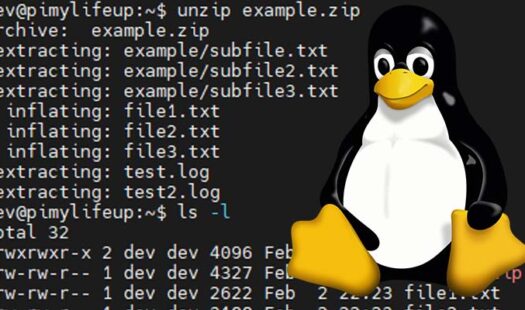
How to use the unzip Command
In this tutorial, we will take you through using the unzip command so you can extract data from zip archive files. It is essential to understand how to use this command as many archive files are in zip format. Read More
Fantastic tutorials for learning more about Linux based operating systems.

In this tutorial, we will take you through using the unzip command so you can extract data from zip archive files. It is essential to understand how to use this command as many archive files are in zip format. Read More
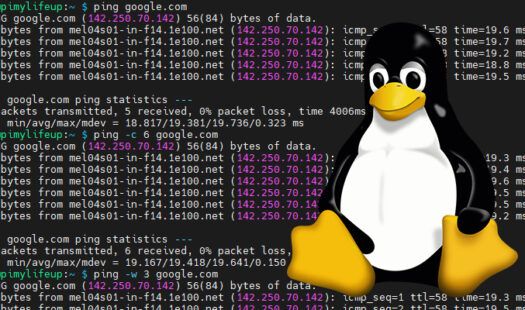
In this tutorial, you will learn how to use the ping command on a Linux-based operating system. This utility helps test the stability of network connections by sending what is called an ICMP request to the specified destination. Read More
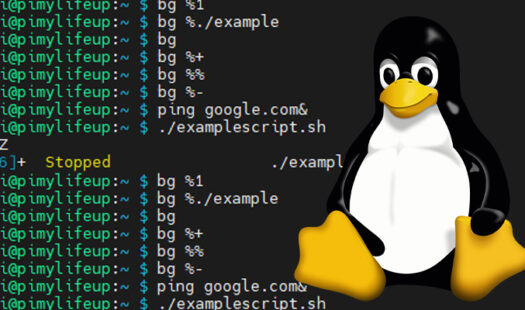
This guide will show you how to use the bg command on a Linux-based system. This tool allows you to run a command in the background. It is a vital part of the job control system and is implemented in shells such as bash. Read More
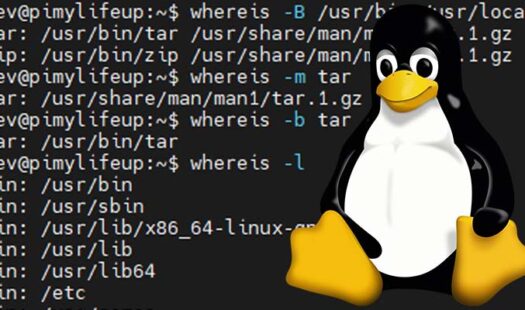
In this tutorial, we go through the steps to use the whereis command to find the source, manual, and binary files for certain commands. If you require a direct path to specific files for your next project, you will find this handy. Read More
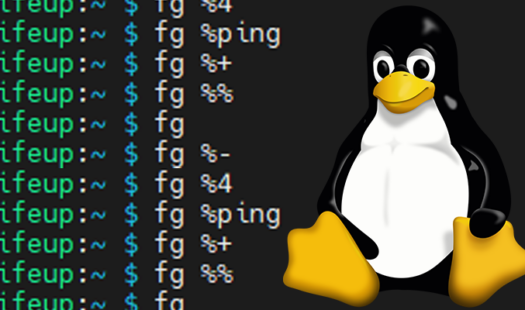
In this guide, you will learn how to use the fg command on Linux. This tool is built-in to most shell systems to help manage background jobs. Using this utility, you can bring a job from the background to the foreground. Read More
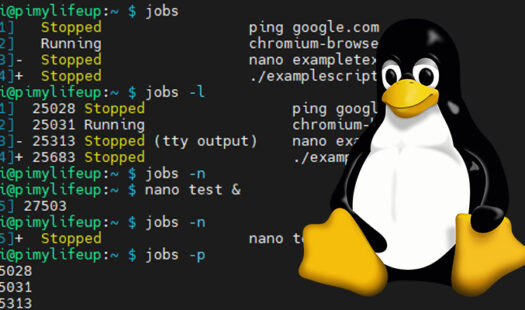
In this guide, we will be walking you through how to use the jobs command on a Linux operating system. Using this command, you can track tasks started within the current shell. These shell tasks are referred to as jobs. Read More
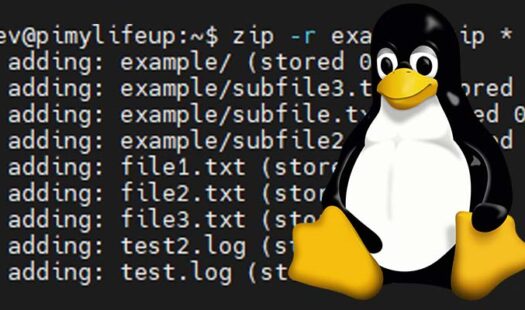
In this tutorial, we show you how to use the zip command to archive and extract data. We also cover a few different options that you can use to alter the command's behavior. It is the perfect tool for handling zip archives. Read More
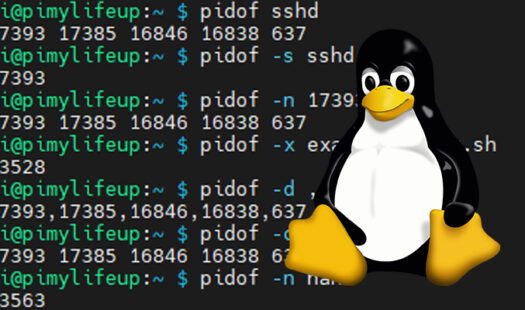
In this tutorial, you will learn how to use the pidof command on Linux. This utility allows you to get a process ID by only referencing a process name. Options allow you to refine further the results produced from this command. Read More
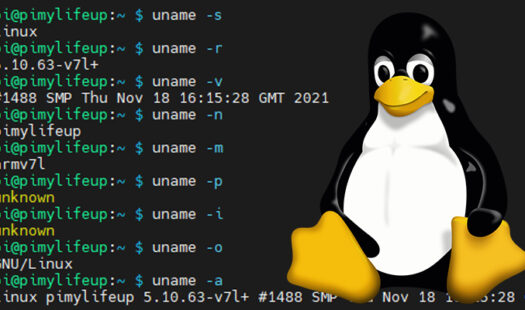
In this guide, you will learn how to use the uname command on Linux. You can use uname to find out more information about your system and its kernel. This tool can even be used to find the hostname that you have set for your system. Read More
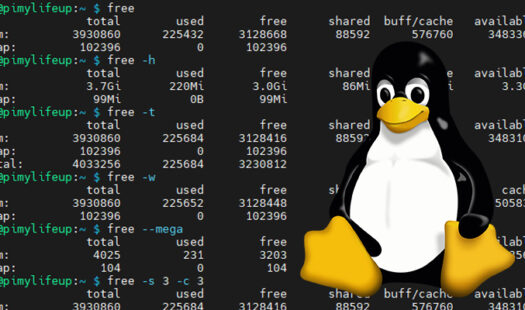
In this guide, you will learn to use the free command on a Linux-based operating system. This tool allows you to get a quick overview of your system's memory usage. The data shows the status of both physical and virtual memory. Read More
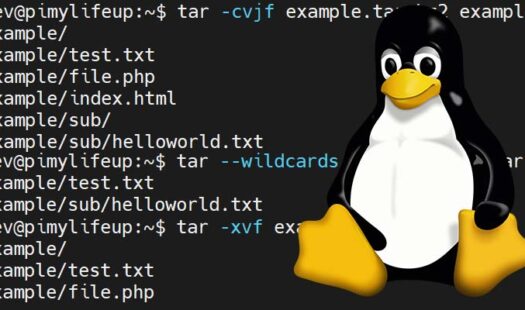
In this tutorial, we will take you through how to utilize the tar command on a Linux or Unix distribution. Using this command will allow you to archive and extract tar archive. These archives are sometimes known as a tarball. Read More
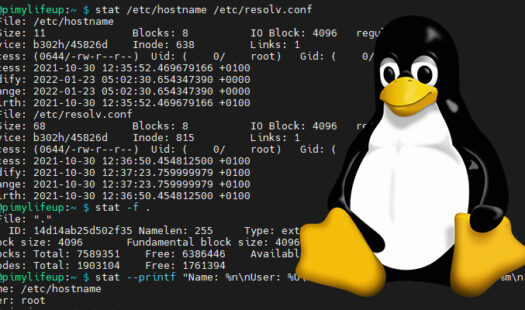
In this tutorial, you will learn how to use the stat command on your Linux operating system. This utility gives you a wealth of information about your files and filesystems. This data includes the files access and modification times. Read More
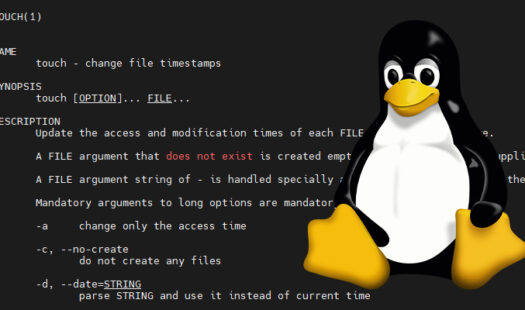
In this guide, you will learn how to use the touch command on your Linux device. You can use touch to change the access or modification time of a file. You can even use the command to create empty files. Read More
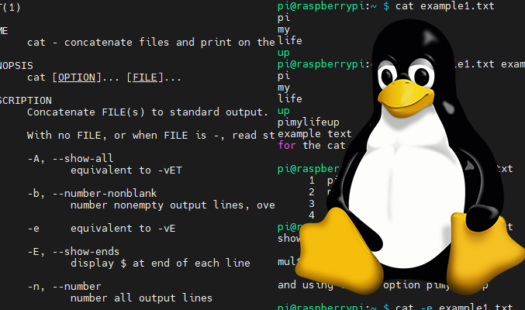
In this guide, you will learn how to use the cat command on your Linux system. cat allows you to create, edit and join the content of files. You can even modify the output by adding line numbers, highlighting line ends, and more. Read More
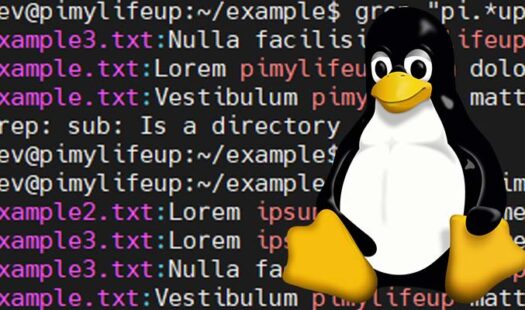
This tutorial will take you through some of the ways you can utilize the grep command on Linux-based distributions. We cover topics such as searching for whole words, multiple phrases, searching recursively, and much more. Read More
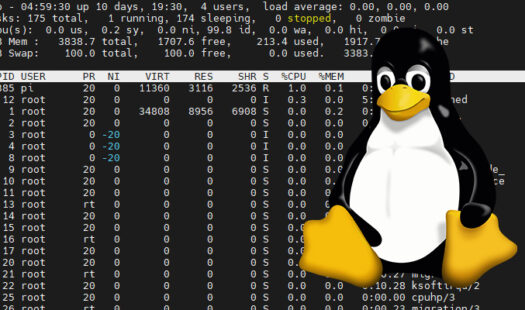
This guide will show you how to use the top command on Linux. Using top allows you to monitor the resource usage of your system. For example, easily identify what processes consume the most memory or CPU time on your device. Read More
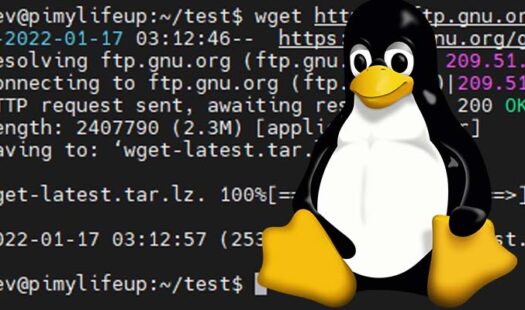
In this tutorial, we will take you through all you need to know about the wget command. This command is a free utility that allows you to download files easily. It supports most protocols such as FTP, HTTP, and HTTPS. Read More
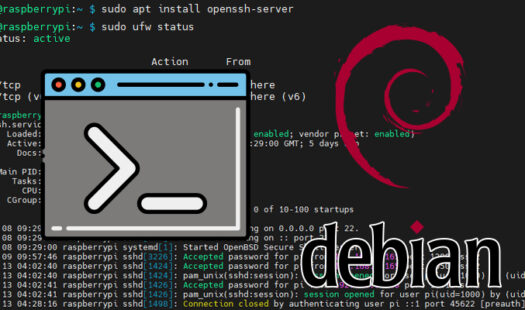
In this tutorial, you will learn how to enable SSH on a Debian system. SSH allows you to connect to your devices securely remotely. Using this, you can send commands to your system, transfer files, and more. Read More
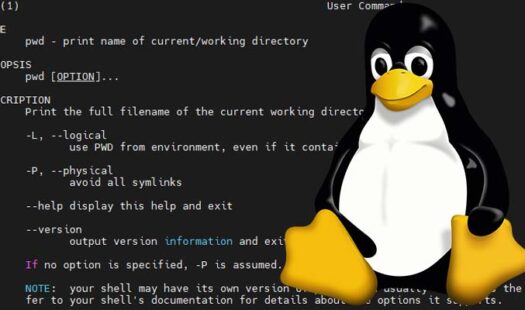
In this tutorial, we will show you how to use the PWD command on a Linux distribution. The pwd command is short for print working directory and is used to output the full path of the current working directory. It is a handy comment to understand. Read More
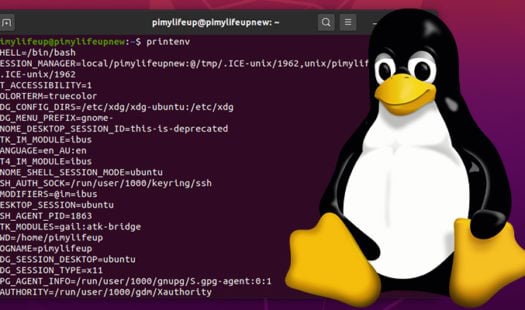
In this guide, you will learn how to set, list, and use environment variables on Linux. These variables are essential to Linux and help define the current working environment. Using these, you can store bits of information related to the current system or user. Read More